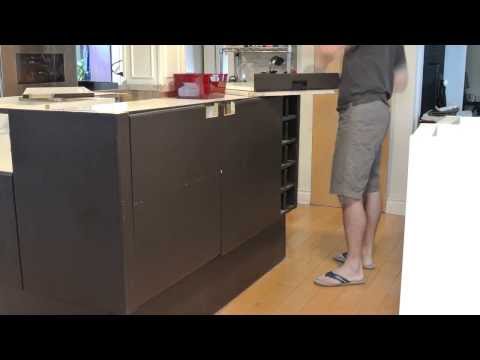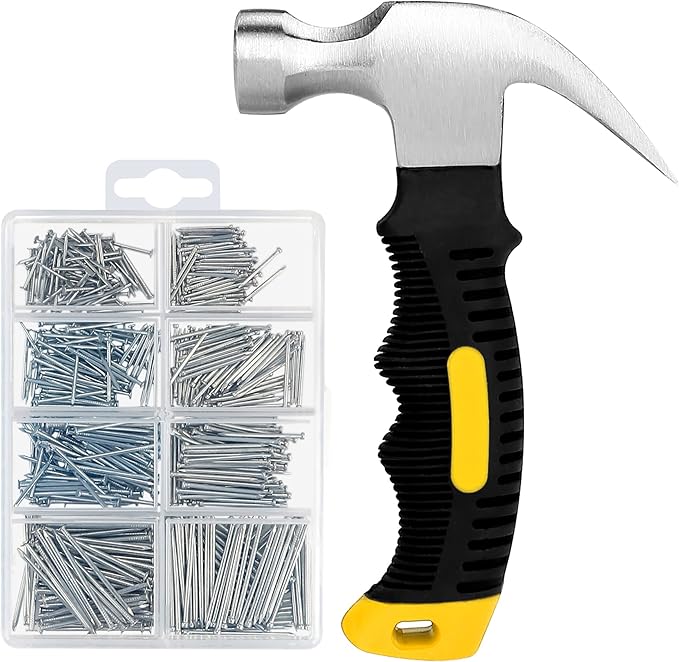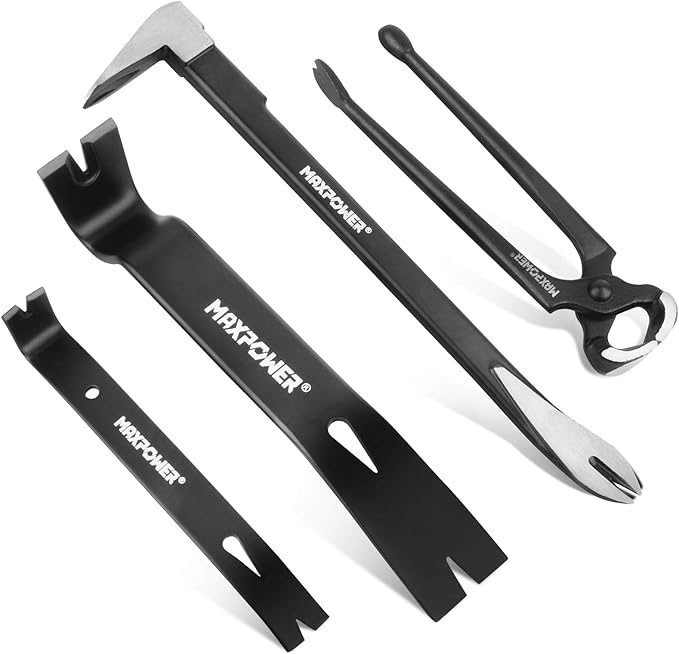A kitchen island can add a lot of functionality to a kitchen, but there are times when you may need to remove it. Perhaps you are redesigning your kitchen, or you simply want more space. Whatever the reason, removing a kitchen island can be a daunting task. In this guide, we will walk you through how to remove a kitchen island safely and efficiently.

When do You Need to Remove Kitchen Island?
There are several reasons why you might need to remove a kitchen island. It could be because you want to change the layout of your kitchen, or you need more space. It could also be because the island is old and worn out and needs to be replaced.
Required Materials
Before you begin, you will need some tools and materials. Here is a list of what you will need:
- A hammer
- A drill
- A screwdriver
- A pry bar
- A saw
- Safety glasses
- Gloves
- Plastic sheeting
- Tape







How to Prep for a Kitchen Island Removal?
The first step in removing a kitchen island is to prepare the area. You should cover the surrounding floors and cabinets with plastic sheeting to protect them from damage. You should also turn off the power supply to any electrical outlets or appliances attached to the island.
Step-by-Step Guide on How to Remove a Kitchen Island
Turn Off Power Supply and Remove Appliances
Before you begin, ensure that the power supply to the island is turned off, and all appliances such as cooktops, ovens, and sinks are disconnected. This will ensure safety and prevent any accidents while you work.
Remove Baseboard Molding
The baseboard molding around the island needs to be removed to access the island’s base. Use a pry bar to carefully remove the molding without damaging the surrounding walls.
Disconnect Plumbing and Electrical Connections
If your island has a sink, disconnect the plumbing connections under the sink. Turn off the water supply and use a wrench to detach the pipes. If there are any electrical connections, make sure to disconnect them safely.
Remove Countertop
The countertop may be attached to the island in different ways, depending on its material. If it is made of stone or concrete, it may need to be cut with a circular saw. However, if it is made of laminate, it can be removed with a pry bar. If the countertop is heavy, have someone assist you with lifting it off the island.
Loosen the Island from the Floor
Check to see if the island is attached to the floor. If it is, use a reciprocating saw to cut through any nails or screws. If the island is glued to the floor, use a hammer and chisel to pry it up gently. Be careful not to damage the floor while removing the island.
Remove the Island from the Kitchen
Once the island is detached from the floor, it is time to remove it from the kitchen. If it is a small island, you may be able to move it on your own. However, if it is large and heavy, you may need to disassemble it into smaller pieces and remove them one at a time.
Patch Up the Floor
After removing the island, there may be holes or damage on the floor. Use a putty knife to apply wood filler to the holes and sand it down to create a smooth surface. You can also use a patching compound for concrete floors.
By following these steps, you can remove your kitchen island safely and without damaging your kitchen.
Are Kitchen Islands Attached to the Floor?
Kitchen islands are often attached to the floor with screws or bolts. You will need to remove these screws or bolts to detach the island from the floor.
Cost of Removing Kitchen Islands
The cost of removing a kitchen island can range between $400 to $2,000. Factors that influence the cost include:
- Size of the island: Larger islands will take more time and effort to remove.
- Materials: Heavier materials like granite or stone will add to the cost of removal.
- Electrical and plumbing: If the island has electrical outlets, sinks, or appliances, additional costs may be incurred to disconnect and reroute these utilities.
- Disposal fees: There may be charges for hauling away and properly disposing of the island materials.
For a more specific estimate, it’s recommended to get a quote from a contractor or kitchen remodeling professional.

Complications Associated With Removing Kitchen Islands
Removing a kitchen island can be a complicated process, especially if it is attached to electrical or plumbing systems. It is important to proceed with caution and consult with a professional if you have any doubts about the removal process.
Removing a kitchen island can be a challenging task, but with the right tools and a little bit of know-how, you can do it safely and efficiently. Remember to take your time, follow the steps carefully, and don’t hesitate to ask for help if you need it. By the end of the process, you will have more space and a kitchen that better suits your needs.










